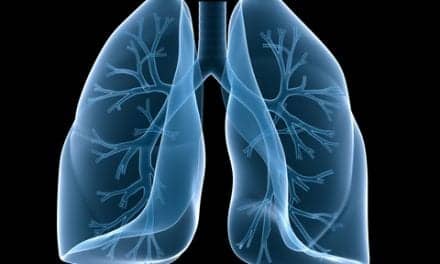A new study shows that while the Greater Toronto Area (GTA) has significantly reduced some of the toxins that contribute to smog, the city continues to violate the Canada-wide standards for ozone air pollution.
Smog, which can cause or aggravate health problems such as asthma, emphysema and chronic bronchitis, is produced by a set of complex photochemical reactions involving volatile organic compounds (VOCs), nitrogen oxides and sunlight, which form ground-level ozone. Smog-forming pollutants come from many sources including automobile exhaust, power plants, factories and many consumer products, such as paint, hairspray, charcoal starter fluid and chemical solvents. In a typical urban area, at least half of the smog precursors come from cars, buses, trucks and boats. Research led by Jennifer Murphy of the Department of Chemistry at the University of Toronto has found that in the GTA between 2004 and 2012, nitrogen oxides and VOCs were reduced by at least 20 per cent between 2004 and 2012.








